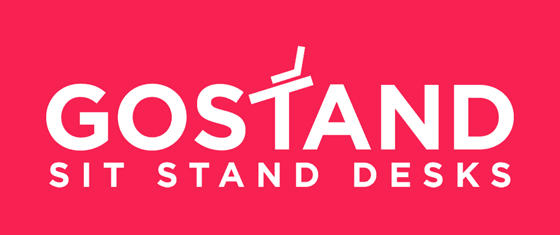Concrete is a melamine faced chipboard. More information about the manufacture and background of MFC can be found by following the link to our MFC Material page. The board is composed of melamine resin impregnated paper sandwiching a chipboard core. In the case of Concrete a texture is applied to the board during manufacture and an example of the texture is shown above. We classify the texture of this board as Heavy meaning you would be not be able to easily write on it, if at all, however it is more than fit for purpose as a desk material.
For the user this means a tough, heat and stain resistant surface which is durable and capable of withstanding an everyday home office or indeed commercial office environment. MFC is widely used in the furniture industry for kitchens, office furniture, cabinetry and restaurant and hotel fit-out so it is a proven and safe material.
